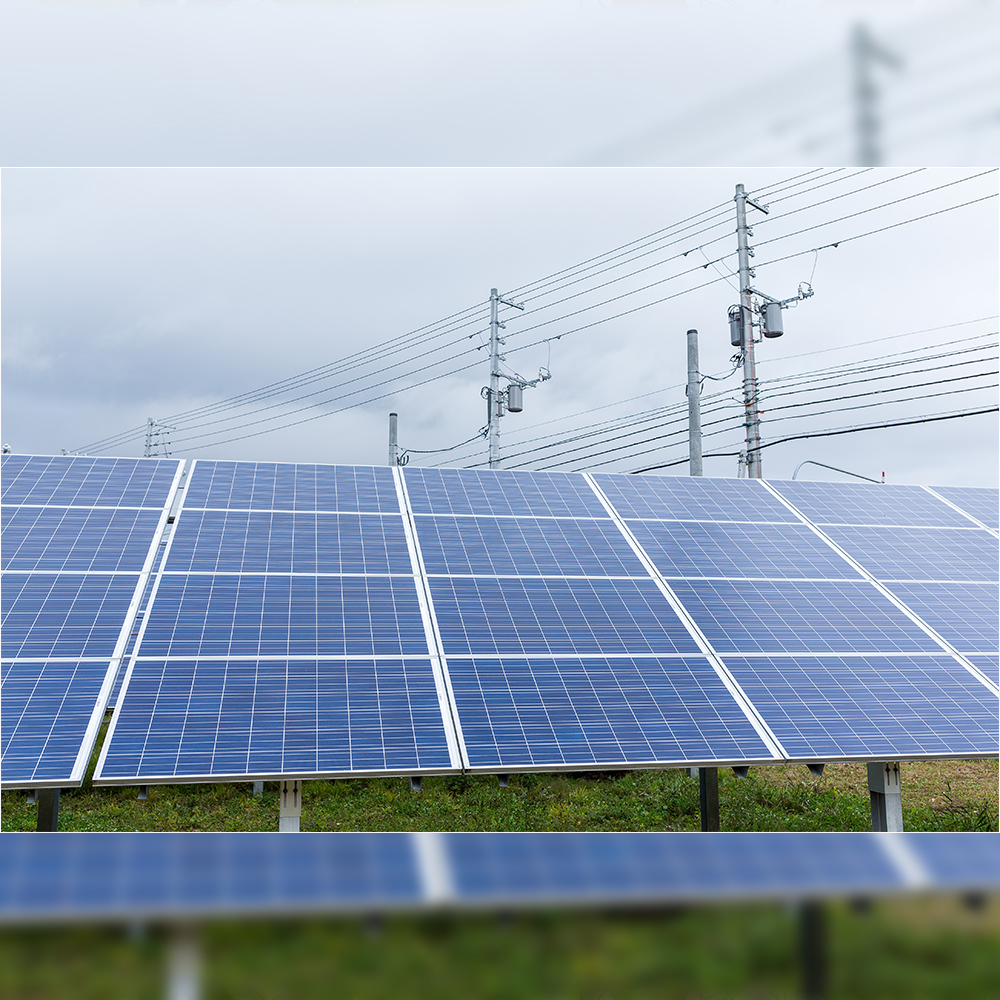
The quest for sustainable and renewable energy sources has gained immense momentum in recent years. As concerns about climate change and environmental degradation continue to mount, scientists and engineers are relentlessly exploring innovative ways to tap into the Earth’s abundant resources without causing harm to the planet. Solar wind energy, often overshadowed by its better-known counterpart, solar photovoltaic (PV) energy, is emerging as a promising frontier in renewable energy. This article will delve into solar wind energy and explore its significant benefits.
Understanding Solar Wind Energy
Solar wind energy harnesses the power of the solar wind, a continuous stream of charged particles—mainly electrons and protons—emitted by the sun. These particles travel at high speeds and can be captured and converted into electricity using advanced technologies. Unlike traditional solar PV systems that rely on the sun’s light, solar wind energy operates day and night, making it a consistent and reliable power source.
Efficient Power Generation
One of the primary advantages of solar wind energy is its remarkable efficiency. While solar panels on Earth’s surface can only capture a fraction of the sun’s power due to atmospheric interference and daylight limitations, solar wind energy systems positioned in space are free from these constraints. As a result, they can harness a significantly more significant amount of energy, producing electricity around the clock.
Continuous Power Supply
Unlike terrestrial solar panels, solar wind energy systems provide a continuous power supply. Earth’s rotation ensures that these systems are exposed to sunlight 24/7, eliminating the need for energy storage solutions, such as batteries. This continuous energy supply is precious for meeting the ever-increasing global demand for electricity.
Reduced Environmental Impact
Solar wind energy has a minimal environmental footprint. Traditional power generation methods, such as coal and natural gas, release harmful greenhouse gases into the atmosphere, contributing to global warming and air pollution. In contrast, solar wind energy systems produce clean electricity without emitting any pollutants, making them a key player in the fight against climate change.
Space-Based Solar Wind Energy
Space-based solar wind energy may seem futuristic, but it is gaining traction as a viable solution for sustainable power generation. In space, solar wind energy systems can capture solar particles more efficiently due to the absence of Earth’s atmosphere. These systems consist of solar sails or collectors that capture the solar wind and transmit the harvested energy to Earth using microwave or laser beams.
Space-based solar wind energy offers several advantages:
Unlimited Resource: The sun’s solar wind is an abundant and perpetual energy source, ensuring a stable power supply for future generations.
Global Accessibility: Space-based systems can beam electricity to any location on Earth, even to remote or underserved areas, thereby reducing energy inequality.
Minimal Land Impact: Unlike terrestrial solar farms, space-based systems do not require vast expanses of land, preserving valuable ecosystems and reducing habitat disruption.
Challenges and Considerations
While solar wind energy holds immense promise, it is not without challenges:
High Initial Costs: Developing space-based solar wind energy systems involves significant upfront research, development, and launch costs. However, these costs may decrease as technology advances.
Space Debris: The growing amount of space debris poses a risk to space-based systems. Collision avoidance and debris management strategies will be crucial.
Transmission Efficiency: Transmitting energy from space to Earth requires efficient and safe methods, such as microwaves or laser beams. Ensuring the safety of these transmissions is a top priority.
Solar wind energy is a remarkable innovation in the realm of renewable energy. Its ability to continuously capture the sun’s energy, provide a consistent power supply, and reduce environmental impact makes it a promising contender in transitioning to a sustainable energy future. As technology advances and costs decrease, space-based solar wind energy could revolutionize how we generate electricity, offering clean and abundant power to meet the needs of a growing global population. By harnessing the sun’s power in this way, we can work towards a greener and more sustainable planet, mitigating the impacts of climate change and ensuring a brighter future for future generations.